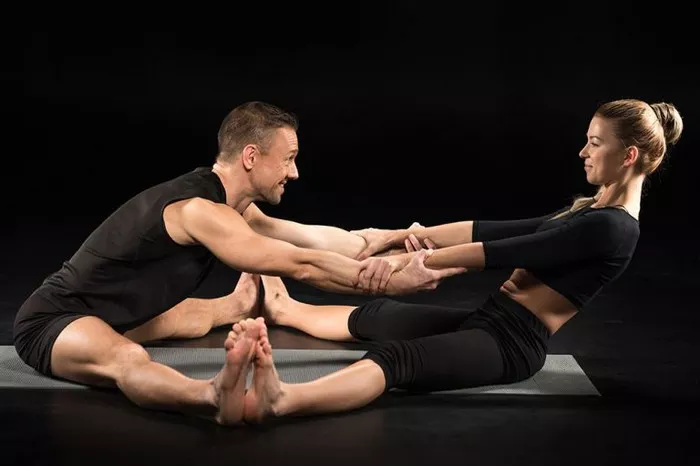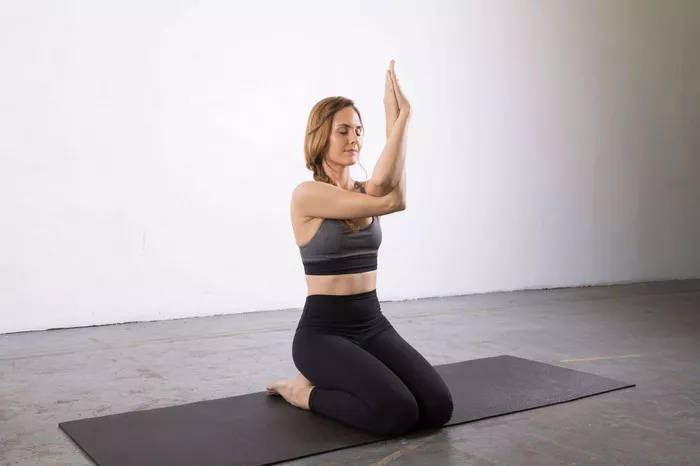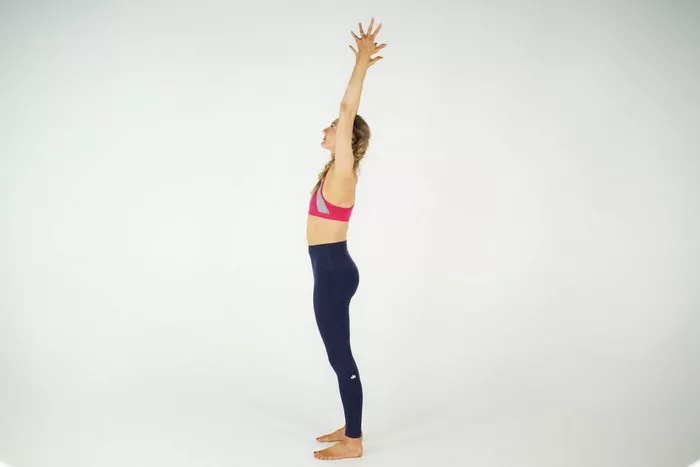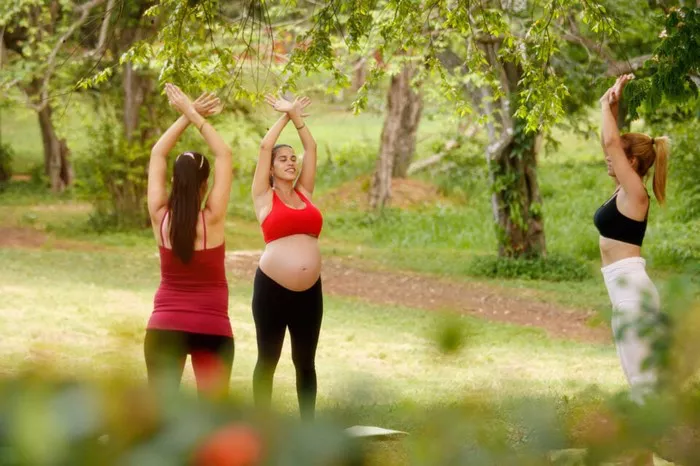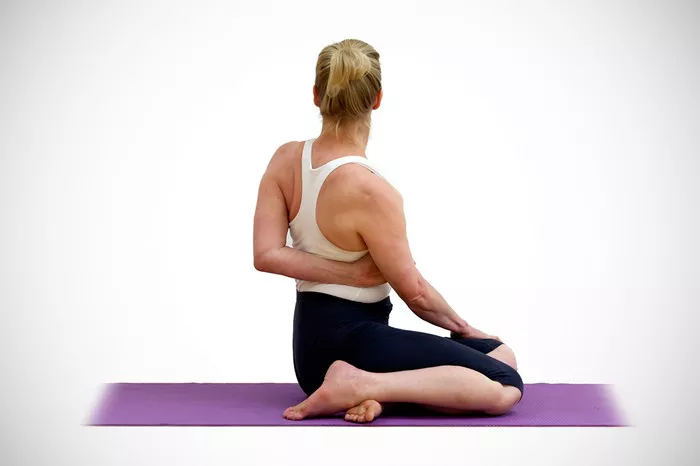Yoga has long been recognized as a way to promote physical health, mental well-being, and spiritual balance. In recent years, however, a new form of yoga has emerged, gaining widespread popularity for its quirky charm and unique benefits: Goat Yoga. But the question many people ask is: Is Goat Yoga hard? In this article, we will explore the concept of Goat Yoga, its origins, its benefits, and whether it is truly difficult or suitable for beginners and seasoned practitioners alike.
What is Goat Yoga?
Goat Yoga is a fusion of traditional yoga practices and the playful interaction with goats. It typically takes place in a serene outdoor setting, where participants practice yoga asanas (postures) while baby goats, or sometimes full-grown goats, roam around, climb on, and interact with them during the session. The goats often nuzzle, nudge, or even jump on participants, adding an element of fun and unpredictability to the practice.
The goats are an integral part of the experience, as their presence adds a sense of lightheartedness and joy to the practice. Goat Yoga is typically hosted on farms or at animal sanctuaries, and it has gained attention from social media platforms like Instagram, where the sight of people in yoga poses surrounded by adorable goats has become a viral trend.
The Origins of Goat Yoga
The origins of Goat Yoga can be traced back to 2016 when Lainey Morse, a farmer from Oregon, introduced the concept. She had been hosting yoga classes on her farm and realized that the playful interaction with goats brought a smile to her students’ faces, making the yoga experience even more enjoyable. Lainey Morse, who was already an animal lover, recognized the therapeutic potential of goats and decided to create an experience where people could practice yoga while interacting with these friendly and charming animals.
What began as a small, local yoga class grew quickly in popularity, as people from around the country and the world became curious about this unconventional form of yoga. Today, Goat Yoga has become a widely practiced activity and is now offered in many locations, with studios and farms around the globe providing classes.
How Does Goat Yoga Work?
A typical Goat Yoga class combines gentle yoga postures with the presence of goats, and each class is led by a certified yoga instructor. The class structure generally follows the format of a standard yoga session, beginning with a warm-up, followed by the practice of asanas (yoga poses), and concluding with a relaxation period.
During the session, the goats are free to wander around the participants, creating a playful and relaxed atmosphere. They may jump on the backs of practitioners, snuggle up during certain poses, or simply roam around the space. Their curious and social nature often helps participants to let go of stress and anxiety, creating an environment where people can laugh, relax, and truly enjoy the yoga experience.
The yoga poses practiced in Goat Yoga are usually accessible to a wide range of participants, including beginners. Common poses may include:
- Downward Dog: A foundational pose in yoga that stretches the hamstrings and calves while strengthening the arms and shoulders. In Goat Yoga, goats may climb on your back while you are in this pose, adding an element of surprise and fun.
- Cat-Cow Pose: A gentle flow between two postures that stretches the spine, promoting flexibility and relieving tension. The goats may nuzzle your face or crawl beneath you as you flow through these movements.
- Child’s Pose: A calming resting pose that stretches the lower back and hips. In Goat Yoga, goats may rest on your back or nuzzle your hands, adding an extra layer of relaxation.
- Mountain Pose: A standing pose that focuses on grounding and balance. As you stand tall, the goats may wander around you, contributing to a calming and lighthearted environment.
While these poses are accessible to most people, there may also be modifications available for those who are new to yoga or have physical limitations.
Is Goat Yoga Hard?
One of the most common questions people have before attending a Goat Yoga class is whether it is physically demanding or difficult. The short answer is that, generally speaking, Goat Yoga is not inherently hard. However, like any physical activity, the level of difficulty can vary depending on the individual’s experience, fitness level, and the intensity of the class.
1. Beginners Can Enjoy Goat Yoga
For beginners, Goat Yoga is often a welcoming and enjoyable way to explore yoga in a less intimidating environment. The poses typically practiced are gentle and designed to promote flexibility, balance, and relaxation. Most instructors offer modifications for those who may find certain poses challenging or uncomfortable, ensuring that everyone can participate.
Furthermore, the presence of the goats can make the experience more lighthearted, reducing any pressure to perform perfect poses. Instead of focusing on achieving advanced poses, participants are encouraged to embrace the fun aspect of the session and simply enjoy the interaction with the animals. The goats’ playful behavior helps to distract from any potential discomfort or anxiety, creating a more relaxed and enjoyable environment.
2. A Relaxing Experience
Goat Yoga is not intended to be a strenuous workout like power yoga or hot yoga. The focus is on relaxation, connection, and having fun, rather than on pushing the body to its limits. The poses practiced in Goat Yoga are often restorative in nature, designed to relieve stress and encourage a sense of calm and mindfulness.
In this sense, Goat Yoga can be considered an accessible form of yoga that can be enjoyed by people of all ages and abilities. Whether you are a seasoned yogi or someone new to the practice, Goat Yoga allows you to experience the therapeutic benefits of yoga while also enjoying the company of adorable and friendly goats.
3. Balance Between Challenge and Fun
While Goat Yoga is not intended to be overly challenging, there are still elements that may challenge you, particularly if you are trying to maintain your focus while a goat is climbing on your back or nuzzling your face. The unpredictability of the goats’ movements can add an extra layer of challenge, but it is usually a fun and playful one.
For those who are more experienced in yoga, Goat Yoga may not provide the same level of physical challenge as more advanced practices like Vinyasa or Ashtanga yoga. However, the emotional and mental benefits of practicing yoga in such an unconventional setting can still be significant. The laughter and joy that come from interacting with the goats can promote feelings of happiness and contentment, while the gentle yoga poses help to improve flexibility, strength, and mental clarity.
Benefits of Goat Yoga
Beyond the obvious joy and laughter that come from spending time with goats, there are several physical, emotional, and mental benefits to Goat Yoga. Here are just a few:
1. Stress Relief
Spending time with animals has long been recognized as a way to reduce stress and promote relaxation. The calming presence of the goats, combined with the deep breathing and mindful movement of yoga, helps to activate the parasympathetic nervous system, which is responsible for relaxation and stress reduction.
2. Improved Mood
The playful nature of the goats and the laughter that often accompanies a Goat Yoga session can help improve your mood and boost overall feelings of happiness. Laughter is known to release endorphins, the body’s “feel-good” chemicals, which can improve your mental well-being and reduce symptoms of anxiety or depression.
3. Mindfulness and Connection
Yoga encourages mindfulness, which is the practice of being fully present in the moment without judgment. Goat Yoga adds an extra layer of mindfulness by encouraging you to connect with both your body and the animals around you. The playful interaction with the goats helps you stay in the moment, making it easier to let go of distractions and focus on the present.
4. Social Connection
Goat Yoga is often practiced in a group setting, allowing participants to connect with others who share a similar interest. The shared experience of laughing and practicing yoga with goats creates a sense of community and can foster positive social interactions, which are important for mental and emotional well-being.
5. Improved Flexibility and Balance
Like traditional yoga, Goat Yoga helps to improve flexibility, balance, and strength. The poses practiced during the session stretch the body and promote relaxation, while the interaction with the goats can help to develop better body awareness and coordination.
Is Goat Yoga Right for You?
Whether or not Goat Yoga is right for you depends on your personal preferences and goals. If you are looking for a fun, relaxing, and low-intensity yoga practice that allows you to connect with animals and improve your well-being, Goat Yoga is an excellent choice. It’s suitable for people of all ages and fitness levels, and the playful interaction with goats adds a unique element to the experience.
However, if you are looking for a more physically demanding or intense yoga practice, you may want to explore other forms of yoga, such as Vinyasa, Power Yoga, or Hot Yoga, which focus on strength, endurance, and flexibility.
Conclusion
So, is Goat Yoga hard? The answer depends on your perspective. While Goat Yoga is not intended to be physically demanding, it offers a unique and enjoyable experience that combines gentle yoga with the joy of interacting with goats. For beginners, it is an accessible and fun way to explore yoga, while more experienced practitioners can enjoy the mental and emotional benefits of the practice. Ultimately, Goat Yoga is less about the difficulty of the poses and more about the sense of joy, connection, and mindfulness it fosters. So, if you’re looking for a fun and lighthearted way to practice yoga, Goat Yoga might be just the thing for you.
Related Topics:

